Sweet spot
The CJ2 and CJ2+ offer great performance for the money
By Jason Deifik
Cessna reinvented the single-pilot-certified, entry-level light jet category with the introduction of the CitationJet in 1993. The original “CJ” became the foundation of the legendary CJ series, which now stretches across nine different variants: CJ, CJ1, CJ1+, CJ2, CJ2+, CJ3, CJ3+, CJ4, and M2. After 25 years the CJ series is still flying high with more than 2,100 total aircraft in service.
Of these, the CJ2 and CJ2+ (type designator 525A) were unquestionably among the most successful of the entire CJ series. Over the type’s 14-year production run from 2000 to 2014, there were more than 469 total CJ2 and CJ2+ aircraft delivered. This represents almost 25 percent of the entire CJ series fleet. These airplanes continue to be extremely popular choices with owners and operators thanks to their clever balance of performance and efficiency. The CJ2/CJ2+’s sweet spot is flying 1,000- to 1,500-nautical-mile missions with four to six passengers, which perfectly fills the gap between the CJ/CJ1/CJ1+’s and CJ3/CJ3+’s optimal performance niches.
In the late 1990s Cessna set out to develop a more modern, more capable replacement to the extremely successful CitationJet. This spawned the second-generation CJ1 and its big brother, the CJ2. Certified in 2000, the CJ2 was created by stretching the CJ/CJ1 fuselage, lengthening the wings, upgrading the engines, and modernizing the avionics. The end result was an aircraft that was roomier, faster, more powerful, and easier to fly than its CitationJet predecessor. By stretching the cabin 33 inches, the CJ2 gained an additional row of seats and some much-needed extra leg room in the cockpit. The tailcone was also stretched to create a baggage compartment almost double the size of the CJ and CJ1.
The additional wing length improved maneuverability and allowed the CJ2 to fly faster at altitude. Of course, the 2,400-pounds-static-thrust Williams FJ44-2C turbofan engines also helped, with their extra 500 pounds of thrust per side over the CJ and CJ1. The Williams engines also gave the CJ2 better climb performance, better single-engine performance, better hot-and-high performance, better speed, and better range than the CJ and CJ1.
Like the CJ1, the CJ2 was equipped with a Collins Pro Line 21 avionics suite, which featured a primary and multifunction display, as well as an option to add a third display, functioning as a copilot PFD. In 2005 Cessna upped the bar again with the introduction of the CJ2+, an improved version of the CJ2. The CJ2+ came with enhancements in performance and avionics, as well a higher level of standard equipment.
The most significant change from the CJ2 to the CJ2+ was the switch to Williams FJ44-3A-24 turbofan engines with full authority digital engine control (FADEC). FADEC made the airplane more efficient and minimized pilot workload—even making it easier to fly single-pilot. At 2,490 pounds of thrust, the new engines provided more thrust yet lower fuel burn, higher payload capabilities, better climb performance, more speed, and more range than the CJ2.
Under standard conditions, the CJ2+ can climb to flight level 450 a full eight minutes faster than the CJ2. Even in temperatures above standard the CJ2+ will climb directly to FL450 in 20 to 25 minutes. What’s more, with its increased speed the CJ2+ will stay nose to nose with a CJ3 at FL450. All of this in an airplane with a 125-pound heavier maximum takeoff weight than its predecessor.
The CJ2+ also gained payload, with a 400-pound boost in maximum zero fuel weight over the CJ2. This means that the CJ2+ will comfortably fly missions of 1,500 nm with four passengers, which would challenge the CJ2.
The CJ2+ also was upgraded with fully integrated Collins Pro Line 21 avionics, complete with a copilot PFD and a Collins flight management system as standard equipment—almost identical to the FMS setup in the base model of the CJ3.
The majority of CJ2+ deliveries took place from 2006 to 2008, before production began to slow in 2009 in the wake of the global economic downturn. Production of the CJ2+ was ultimately discontinued in 2014 as Cessna elected to shift its focus to the newly introduced M2 and CJ3+, which feature Garmin G1000 and G3000 avionics, respectively.
Late in 2014, Cessna announced the “Alpine Edition CJ2+” modification package, which retrofits a CJ2+ with the Garmin G3000 avionics suite. While the announcement generated positive feedback, the program never really took off the way Cessna hoped. Ultimately only one airplane—Cessna’s Alpine Edition program test aircraft—got the G3000 retrofit and made its way into a customer’s hands.
If you are in the market for a light jet, the CJ2 and CJ2+ are worth serious consideration. With direct costs in the $1,100- to $1,200-per-hour range, the capability to seat up to nine passengers, and price points in the $2 million and $3 million range respectively, the CJ2 and CJ2+ offer tremendous value in the current market. With CJs and CJ1s starting in the $1 million range, and the CJ1+starting at $2 million and up, the CJ2 is a compelling option.
It’s even possible to find CJ2s with slightly higher total times for sale as low as $2 million—as long as they’re enrolled on an engine maintenance program. Solid aircraft with slightly less total time and some upgraded equipment or cosmetics can be found for $2.25 to $2.35 million. If you’re looking for a top-end CJ2 with low total time, fully enrolled on programs, and upgraded with WAAS and ADS-B and/or full refurbished cosmetics, these will run you $2.6 million and up.
We are currently seeing a $1 million delta between the CJ2 and CJ2+ markets. The bottom of the CJ2+ market now starts just over $3 million for an early serial number, slightly higher-time airplane enrolled in an engine program. Looking at something of a slightly later vintage with, say, 1,800 hours and a full engine program will cost $3.25 million and up. As you get into more recent models with low total time and pristine cosmetics, prices jump to $3.5 to just under $4 million.
As both the CJ2 and CJ2+ markets represent fantastic opportunities from an overall value standpoint, getting a steal of a deal is becoming more difficult. With the recent tax reform, JetAVIVA has seen a new wave of buyers hit the market. This resulted in increased sales activity at the end of 2017 that depleted inventories in each market. For the first time in recent memory, both the CJ2 and CJ2+ markets are carrying inventory of less than 7 percent of their active fleet, making it a seller’s market. Whether you are buying or selling in one of these markets, competition is fierce, which has led to some interesting opportunities both on and off market.AOPA
Jason Deifik is a sales director at jetAVIVA, specializing in the Citation CJ, CJ1, and CJ2 markets.
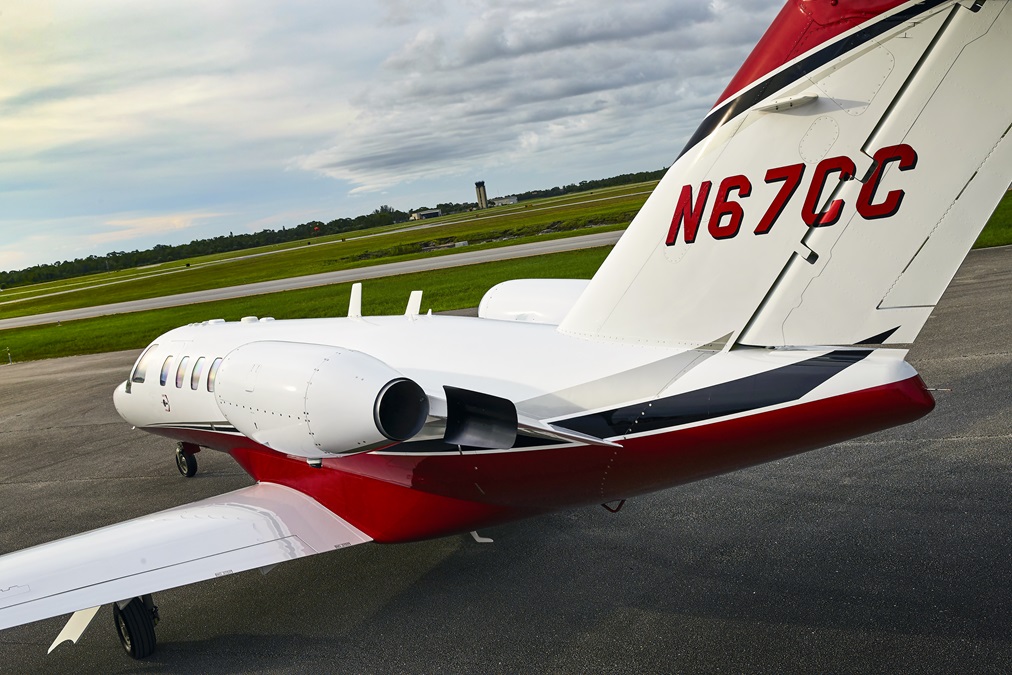
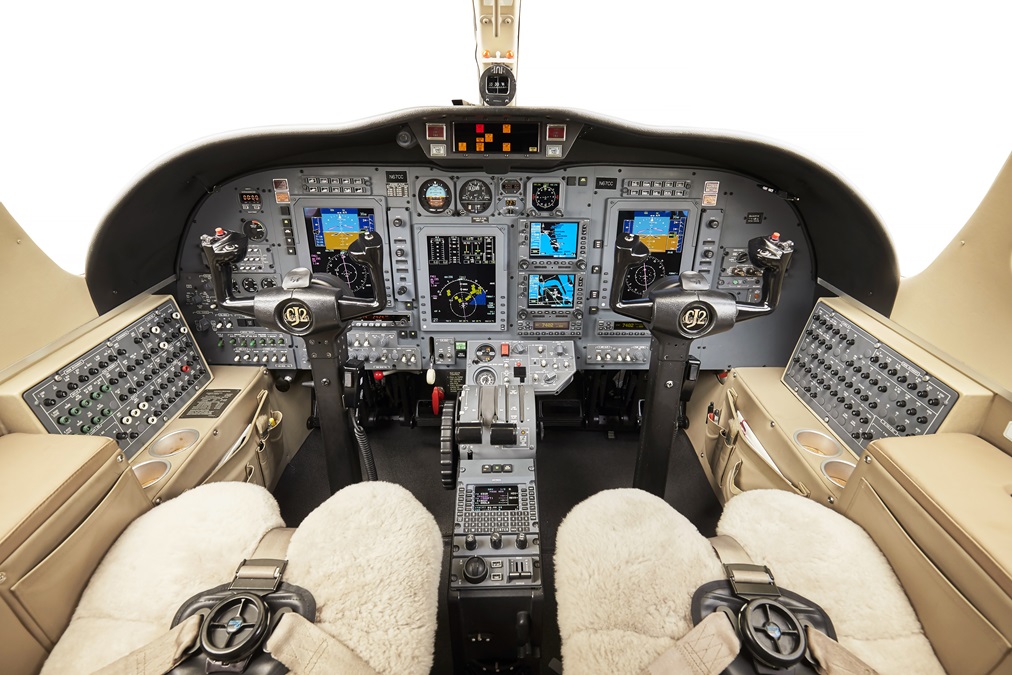
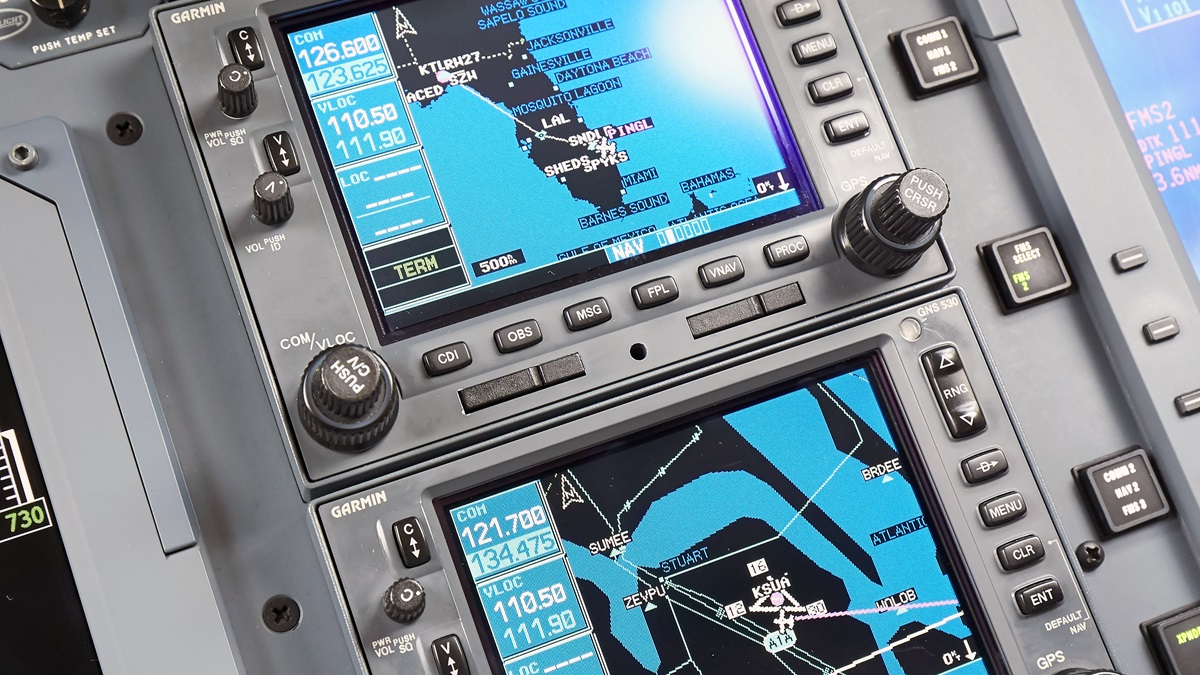
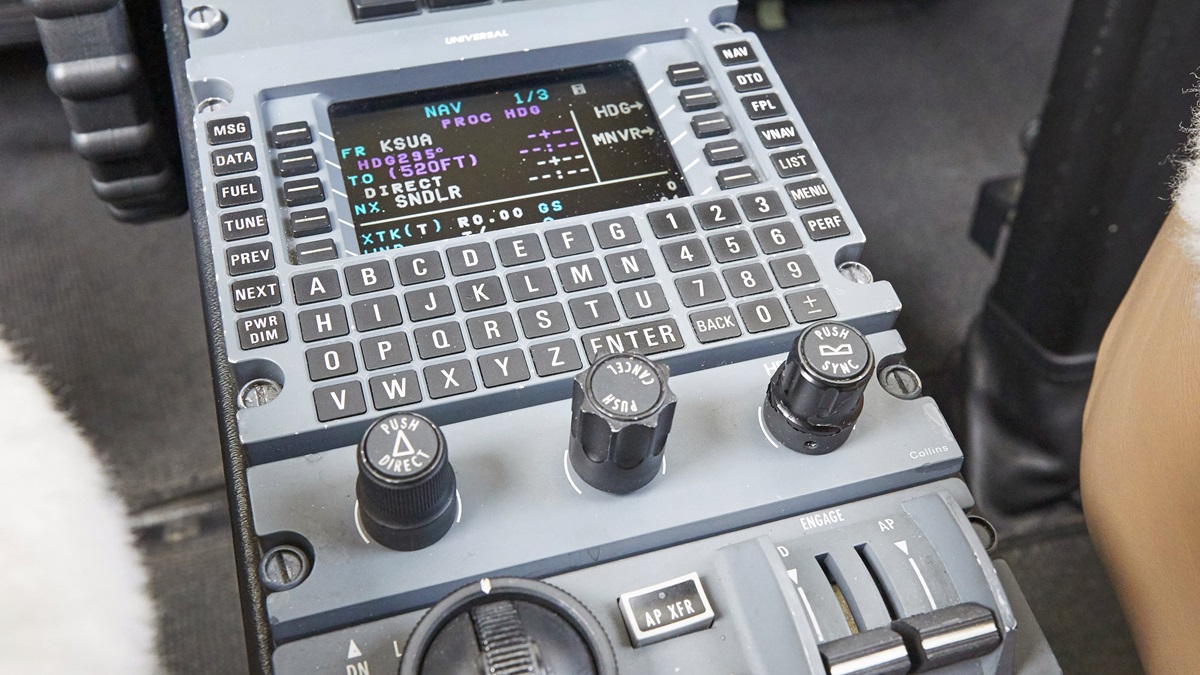
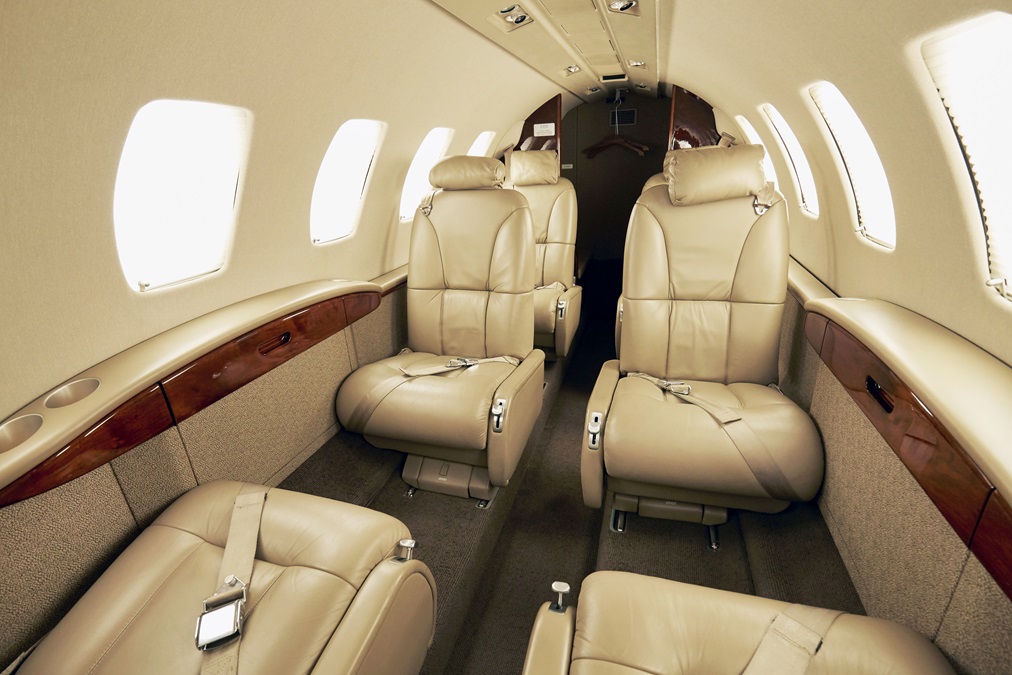
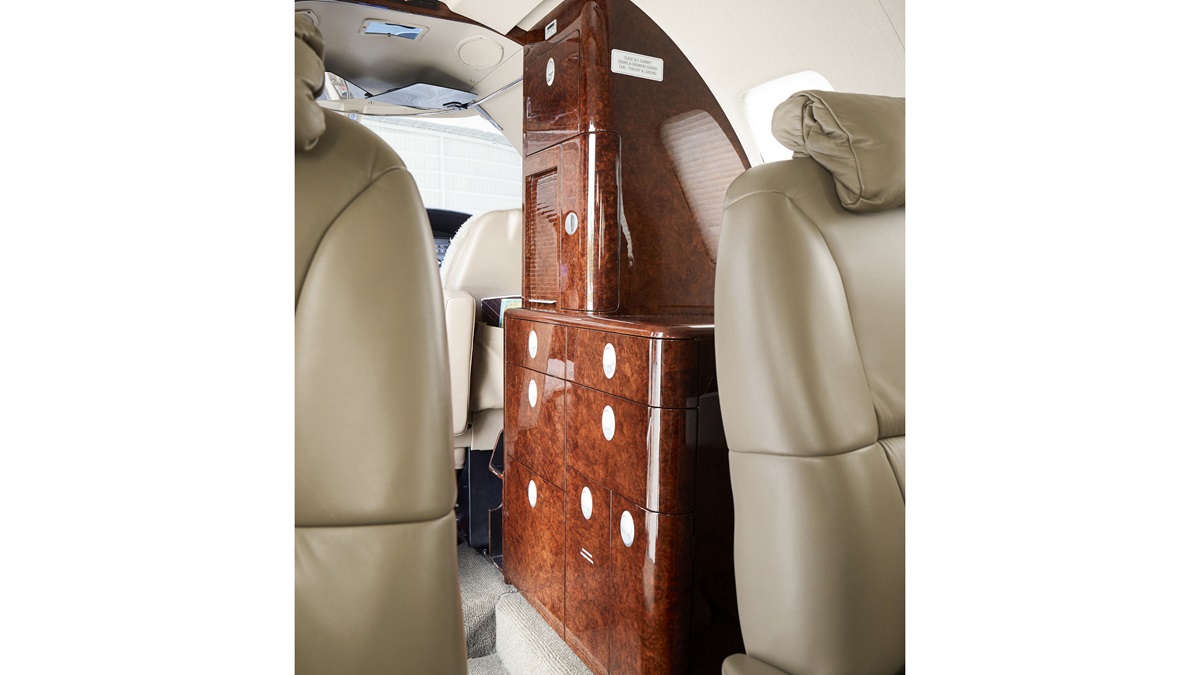
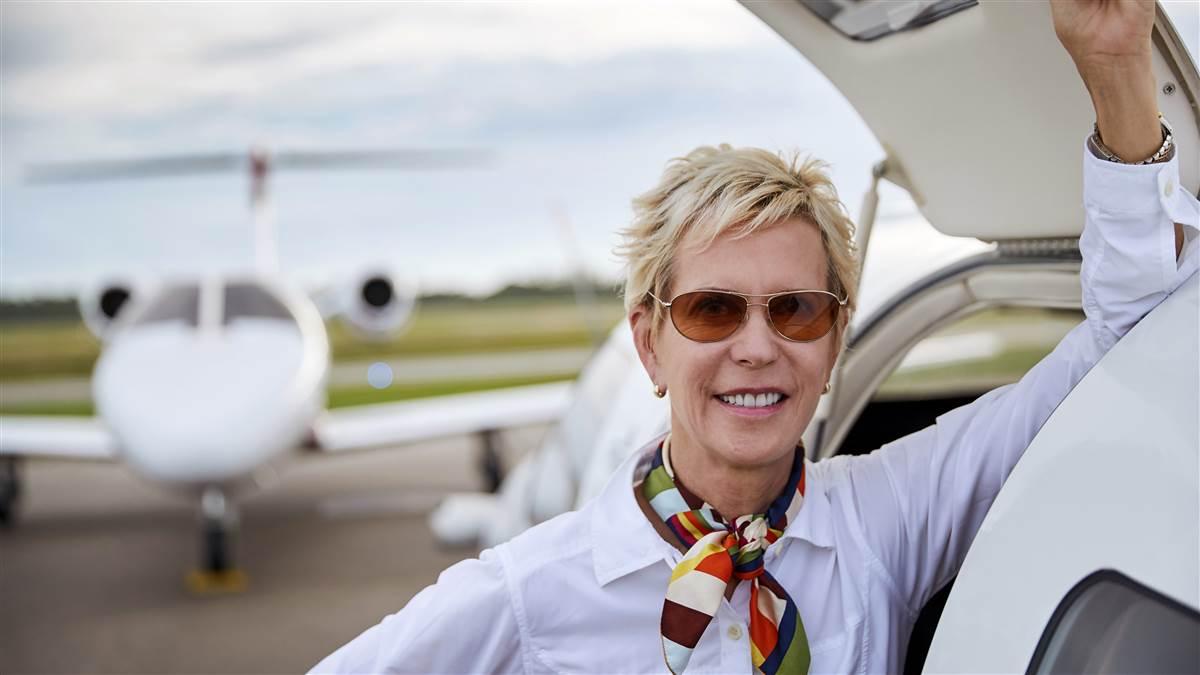 Nancy Auth, a retired investment banker from Stuart, Florida, and her husband, David, a medical device inventor, each learned to fly in 1999, then bought a Cessna 182 and a Beech King Air C90B before buying their CJ2 new in 2005. Since then, they’ve logged as many as 400 hours a year in the airplane, mostly flying between their homes in Seattle and Florida. They operate two-crew, same as they do when flying their Piper M500 single-engine turboprop and their Piper Seneca V.
Nancy Auth, a retired investment banker from Stuart, Florida, and her husband, David, a medical device inventor, each learned to fly in 1999, then bought a Cessna 182 and a Beech King Air C90B before buying their CJ2 new in 2005. Since then, they’ve logged as many as 400 hours a year in the airplane, mostly flying between their homes in Seattle and Florida. They operate two-crew, same as they do when flying their Piper M500 single-engine turboprop and their Piper Seneca V.

